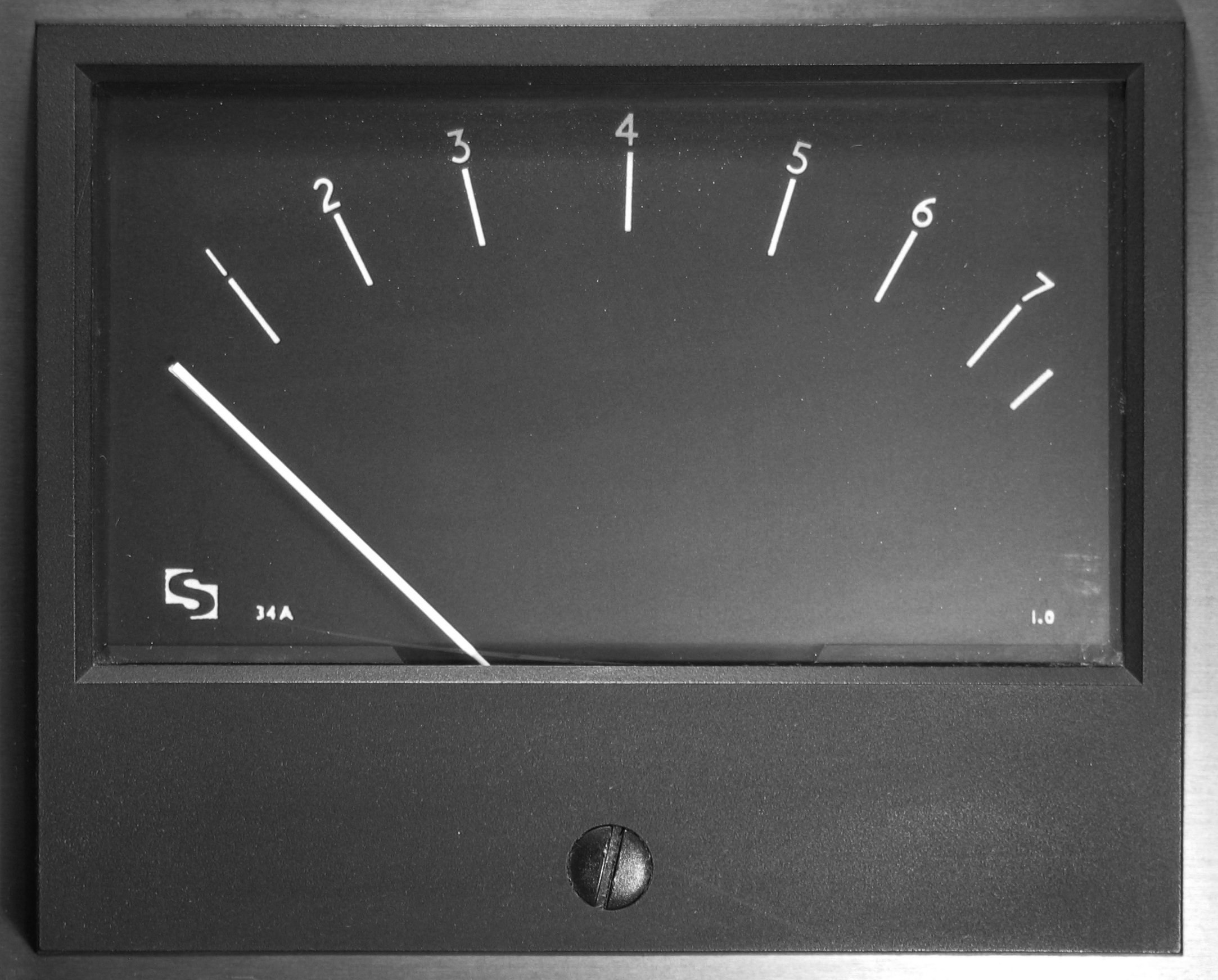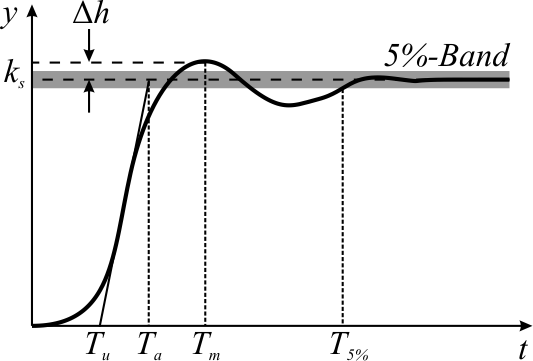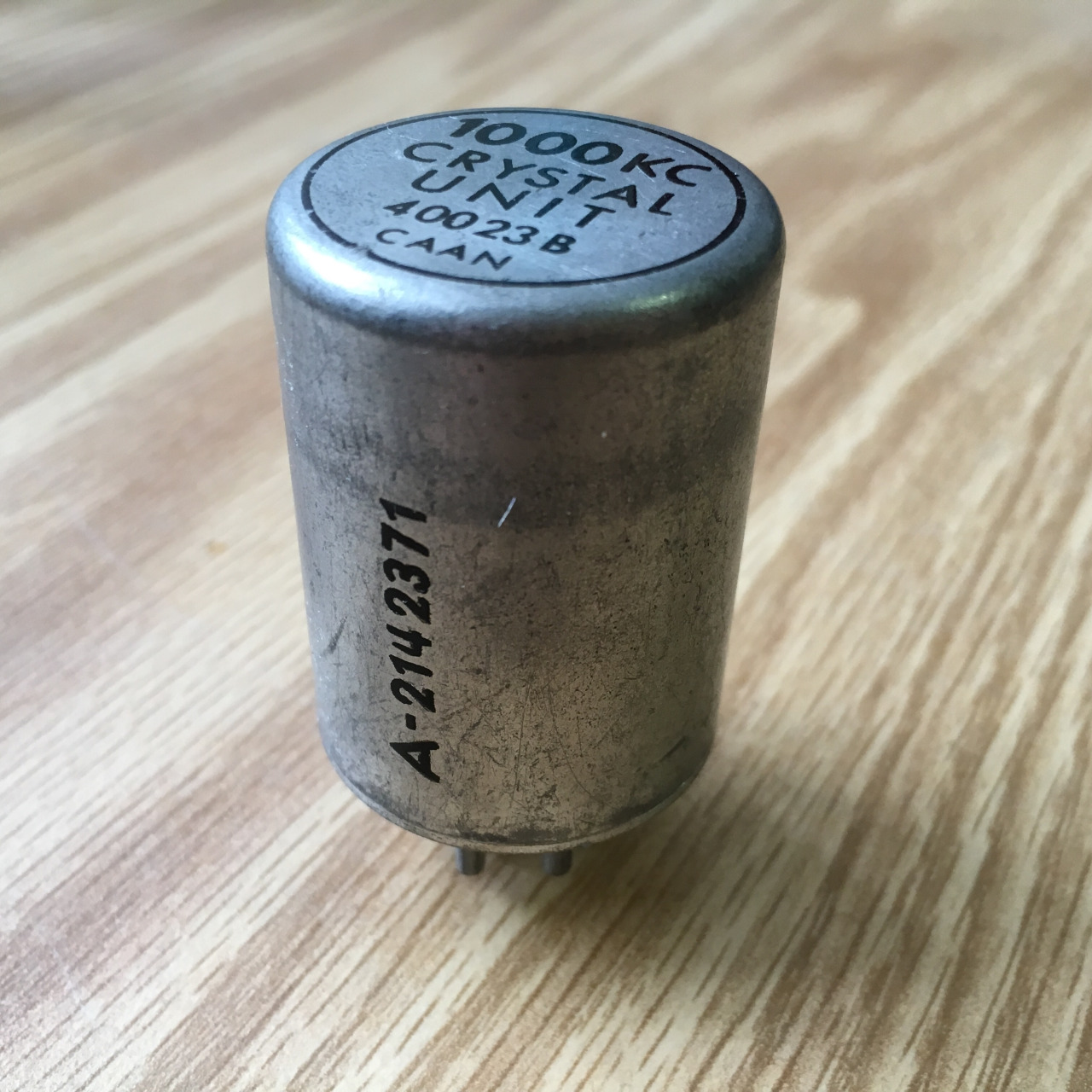|
VU meter
A volume unit (VU) meter or standard volume indicator (SVI) is a device displaying a representation of the signal level in audio equipment. The original design was proposed in the 1940 IRE paper, ''A New Standard Volume Indicator and Reference Level'', written by experts from CBS, NBC, and Bell Telephone Laboratories. The Acoustical Society of America then standardized it in 1942 (ANSI C16.5-1942) for use in telephone installation and radio broadcast stations. Consumer audio equipment often features VU meters, both for utility purposes (e.g. in recording equipment) and for aesthetics (in playback devices). The original VU meter is a passive electromechanical device, namely a 200 µA DC d'Arsonval movement ammeter fed from a full-wave copper-oxide rectifier mounted within the meter case. The mass of the needle causes a relatively slow response, which in effect integrates or smooths the signal, with a rise time of 300 ms. This has the effect of averaging out peaks a ... [...More Info...] [...Related Items...] OR: [Wikipedia] [Google] [Baidu] |
VU Meter
A volume unit (VU) meter or standard volume indicator (SVI) is a device displaying a representation of the signal level in audio equipment. The original design was proposed in the 1940 IRE paper, ''A New Standard Volume Indicator and Reference Level'', written by experts from CBS, NBC, and Bell Telephone Laboratories. The Acoustical Society of America then standardized it in 1942 (ANSI C16.5-1942) for use in telephone installation and radio broadcast stations. Consumer audio equipment often features VU meters, both for utility purposes (e.g. in recording equipment) and for aesthetics (in playback devices). The original VU meter is a passive electromechanical device, namely a 200 µA DC d'Arsonval movement ammeter fed from a full-wave copper-oxide rectifier mounted within the meter case. The mass of the needle causes a relatively slow response, which in effect integrates or smooths the signal, with a rise time of 300 ms. This has the effect of averaging out peaks and troughs ... [...More Info...] [...Related Items...] OR: [Wikipedia] [Google] [Baidu] |
Loudness Monitoring
Loudness monitoring of programme levels is needed in radio and television broadcasting, as well as in audio post production. Traditional methods of measuring signal levels, such as the Peak programme meter and VU meter, do not give the subjectively valid measure of loudness that many would argue is needed to optimise the listening experience when changing channels or swapping disks. The need for proper loudness monitoring is apparent in the loudness war that is now found everywhere in the audio field, and the extreme compression that is now applied to programme levels. Loudness meters Meters have been introduced that aim to measure the human perceived loudness by taking account of the equal-loudness contours and other factors, such as audio spectrum, duration, compression and intensity. One such device was developed by CBS Laboratories in the 1980s. Complaints to broadcasters about the intrusive level of interstitials programs (advertisements, commercials) has resulted in project ... [...More Info...] [...Related Items...] OR: [Wikipedia] [Google] [Baidu] |
Audio Equipment
Audio equipment refers to devices that reproduce, record, or process sound. This includes microphones, radio receivers, AV receivers, CD players, tape recorders, amplifiers, mixing consoles, effects units, headphones, and Speaker (audio equipment), speakers. Audio equipment is widely used in many different scenarios, such as concerts, Bar (establishment), bars, meeting rooms and the home where there is a need to reproduce, record and enhance sound volume. Electronic circuits considered a part of audio electronics may also be designed to achieve certain signal processing operations, in order to make particular alterations to the signal while it is in the electrical form.Kadis, J. (2011). Introduction to sound recording technology. Informally published manuscript, Stanford Music Department: Center for Computer Research in Music and Acoustics, Stanford University, Stanford, California. Audio signals can be created Synthesizer, synthetically through the generation of electric sig ... [...More Info...] [...Related Items...] OR: [Wikipedia] [Google] [Baidu] |
Peak Programme Meter
A peak programme meter (PPM) is an instrument used in professional audio that indicates the level of an audio signal. Different kinds of PPM fall into broad categories: *True peak programme meter. This shows the peak level of the waveform no matter how brief its duration. *Quasi peak programme meter (QPPM). This only shows the true level of the peak if it exceeds a certain duration, typically a few milliseconds. On peaks of shorter duration, it indicates less than the true peak level. The extent of the shortfall is determined by the 'integration time'. *Sample peak programme meter (SPPM). This is a PPM for digital audio. It shows only peak sample values, not true waveform peaks (which may fall between samples and be up to 3 dB higher in amplitude). It may have either a 'true' or a 'quasi' integration characteristic. *Over-sampling peak programme meter. This is a sample PPM that first oversamples the signal, typically by a factor of four, to alleviate the problems of a bas ... [...More Info...] [...Related Items...] OR: [Wikipedia] [Google] [Baidu] |
Vishay Intertechnology
Vishay Intertechnology, Inc. is an American manufacturer of discrete semiconductors and passive electronic components founded by Polish-born businessman Felix Zandman. Vishay has manufacturing plants in Israel, Asia, Europe, and the Americas where it produces rectifiers, diodes, MOSFETs, optoelectronics, selected integrated circuits, resistors, capacitors, and inductors. Vishay Intertechnology revenues for 2021 were $3.24 billion. As of December 31, 2021, Vishay Intertechnology had approximately 22,800 full-time employees. Vishay is one of the world's foremost manufacturers of power MOSFETs. They have a wide range of power electronic applications, including portable information appliances, internet communications infrastructure, power integrated circuits, cell phones, and notebook computers. History Vishay Intertechnology was founded in 1962 by Holocaust survivor Polish-born Dr. Felix Zandman. The company was named after Zandman's ancestral village in present-day Lithuania ... [...More Info...] [...Related Items...] OR: [Wikipedia] [Google] [Baidu] |
Neon
Neon is a chemical element with the symbol Ne and atomic number 10. It is a noble gas. Neon is a colorless, odorless, inert monatomic gas under standard conditions, with about two-thirds the density of air. It was discovered (along with krypton and xenon) in 1898 as one of the three residual rare inert elements remaining in dry air, after nitrogen, oxygen, argon and carbon dioxide were removed. Neon was the second of these three rare gases to be discovered and was immediately recognized as a new element from its bright red emission spectrum. The name neon is derived from the Greek word, , neuter singular form of (), meaning 'new'. Neon is chemically inert, and no uncharged neon compounds are known. The compounds of neon currently known include ionic molecules, molecules held together by van der Waals forces and clathrates. During cosmic nucleogenesis of the elements, large amounts of neon are built up from the alpha-capture fusion process in stars. Although neon is a very co ... [...More Info...] [...Related Items...] OR: [Wikipedia] [Google] [Baidu] |
PPM IEC 268-10 IIb EBU
PPM may refer to: Business in general * Planned preventive maintenance * Project portfolio management * Public performance measure, UK measure of rail punctuality Organizations * Mauritanian People's Party * Parry People Movers, UK flywheel vehicle manufacturer * Pashtun Tahafuz Movement (PTM), also known as the Pashtun Protection Movement (PPM), a human rights movement in Pakistan for the Pashtun people * '' Partido Popular Monárquico'' (People's Monarchist Party), Portugal * ''Persekutuan Pengakap Malaysia'', the Scouts Association of Malaysia * People's Progressive Movement (Cayman Islands) * Progressive Party of Maldives Science and technology Computing * Pages per minute, a measurement of printing speed * Perl package manager, for software packages *Planted partition model, a special case of Stochastic block model * Portable pixmap format, a Netpbm format * Prediction by partial matching, a data compression technique Medicine * Permanent pacemaker * Persistent pupillary ... [...More Info...] [...Related Items...] OR: [Wikipedia] [Google] [Baidu] |
Hertz
The hertz (symbol: Hz) is the unit of frequency in the International System of Units (SI), equivalent to one event (or cycle) per second. The hertz is an SI derived unit whose expression in terms of SI base units is s−1, meaning that one hertz is the reciprocal of one second. It is named after Heinrich Rudolf Hertz (1857–1894), the first person to provide conclusive proof of the existence of electromagnetic waves. Hertz are commonly expressed in multiples: kilohertz (kHz), megahertz (MHz), gigahertz (GHz), terahertz (THz). Some of the unit's most common uses are in the description of periodic waveforms and musical tones, particularly those used in radio- and audio-related applications. It is also used to describe the clock speeds at which computers and other electronics are driven. The units are sometimes also used as a representation of the energy of a photon, via the Planck relation ''E'' = ''hν'', where ''E'' is the photon's energy, ''ν'' is its freq ... [...More Info...] [...Related Items...] OR: [Wikipedia] [Google] [Baidu] |
Overshoot (signal)
In signal processing, control theory, electronics, and mathematics, overshoot is the occurrence of a signal or function exceeding its target. Undershoot is the same phenomenon in the opposite direction. It arises especially in the step response of bandlimited systems such as low-pass filters. It is often followed by ringing, and at times conflated with the latter. Definition Maximum overshoot is defined in Katsuhiko Ogata's ''Discrete-time control systems'' as "the maximum peak value of the response curve measured from the desired response of the system." Control theory In control theory, overshoot refers to an output exceeding its final, steady-state value. For a step input, the ''percentage overshoot'' (PO) is the maximum value minus the step value divided by the step value. In the case of the unit step, the ''overshoot'' is just the maximum value of the step response minus one. Also see the definition of ''overshoot'' in an electronics context. For second-order system ... [...More Info...] [...Related Items...] OR: [Wikipedia] [Google] [Baidu] |
Cycles Per Second
The cycle per second is a once-common English name for the unit of frequency now known as the hertz (Hz). The plural form was typically used, often written cycles per second, cycles/second, c.p.s., c/s, or, ambiguously, just cycles (Cy./Cyc.). The term comes from the fact that sound waves have a frequency measurable in their number of oscillations, or '' cycles'', per second. With the organization of the International System of Units in 1960, the cycle per second was officially replaced by the hertz, or reciprocal second, "s−1" or "1/s". Symbolically, "cycle per second" units are "cycle/second", while hertz is "Hz" or "s−1". For higher frequencies, ''kilocycles'' (kc), as an abbreviation of ''kilocycles per second'' were often used on components or devices. Other higher units like ''megacycle'' (Mc) and less commonly ''kilomegacycle'' (kMc) were used before 1960 and in some later documents. These have modern equivalents such as kilohertz (kHz), megahertz (MHz), and gigahertz ... [...More Info...] [...Related Items...] OR: [Wikipedia] [Google] [Baidu] |








